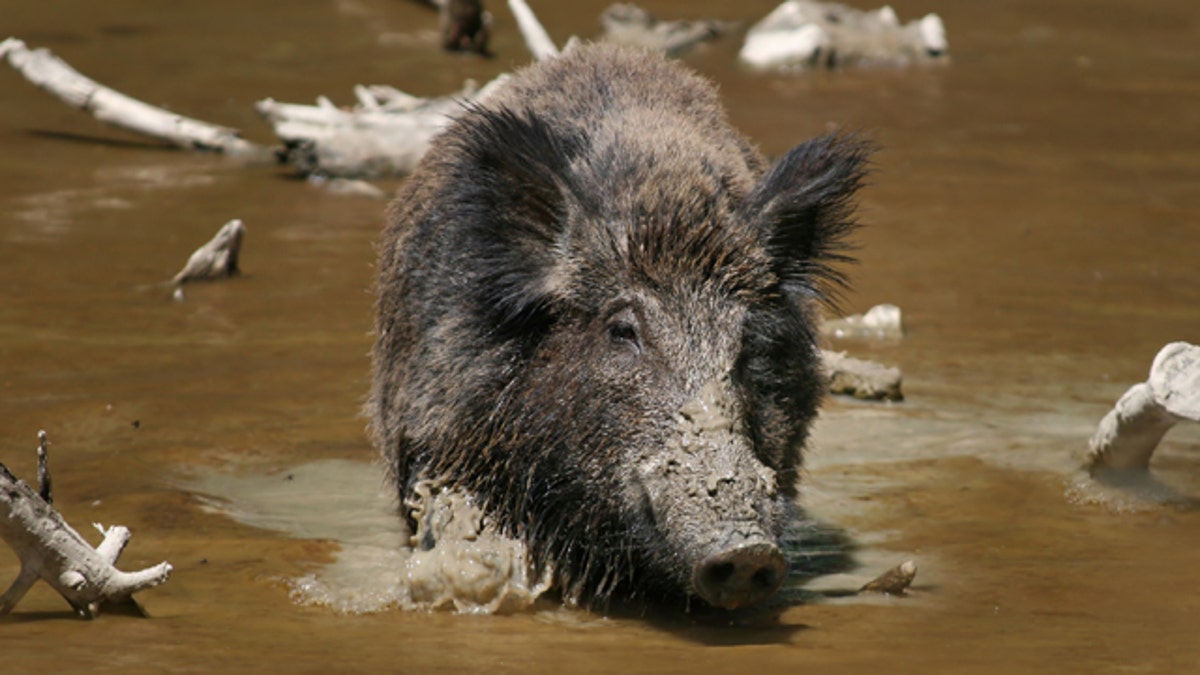
Recently, Germany has reported a surge in the wild boar population. According to one recent study, German wild boar litters have six to eight piglets on average, other countries usually only about four or five. (Wikimedia)
It sounds like the plot of a B-movie, yet it’s bizarrely true: Radioactive boars are on the loose and thriving in Germany’s forests.
A succession of mild winters has left Germany scrambling to deal with a skyrocketing wild boar population. Tales of swarming beasts rampaging through city streets and attacking citizens occur with alarming regularity.
The problem has been aggravated by the lingering effects of the Chernobyl disaster from twenty-five years ago; a large portion of the wild animals are contaminated by radioactivity.
Poisonous radiation leaves the beasts completely inedible (wild boar is considered a delicacy in Germany), and the phenomenon is becoming expensive for the German government. In the last hunting season, 650,000 boar were shot versus 287,000 in the previous year. And due to atomic energy regulations, the government must buy contaminated animals from hunters who catch them.
Berlin compensated hunters to the tune of over $500,000 in 2009, writes German newspaper Der Spiegel -- quadruple the payment in 2007.
Though the Chernobyl explosion happened a quarter century ago, high levels of radiation remain in the region’s vegetation. And wild boars are especially susceptible because of their proclivity for mushrooms and truffles, which are especially efficient at absorbing radiation.
"In the regions where it is particularly problematic, all boar that are shot are checked for radiation," Andreas Leppmann from the German Hunting Federation told the paper. There are 70 measuring stations in Bavaria alone.
While general radioactivity in plants should continue to decrease, levels in fungi may even increase, leaving no end in sight for this issue. One expert told Der Spiegel that the problem will likely remain for at least another 50 years.
Read more at Der Spiegel.
